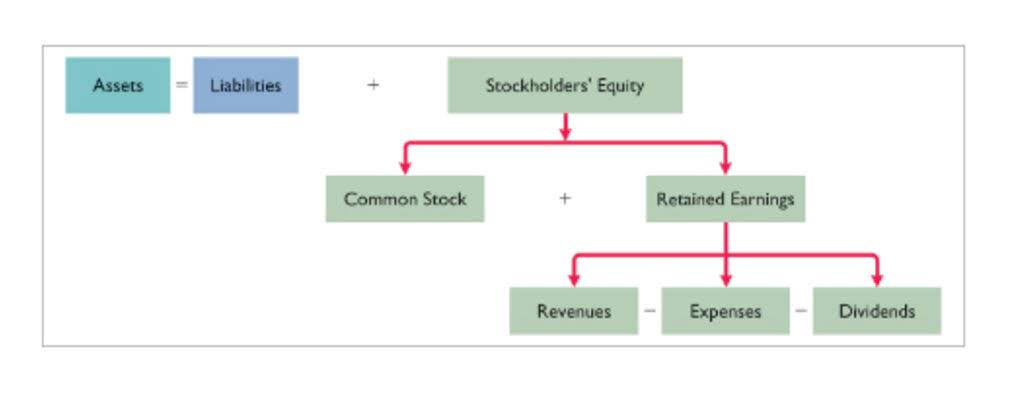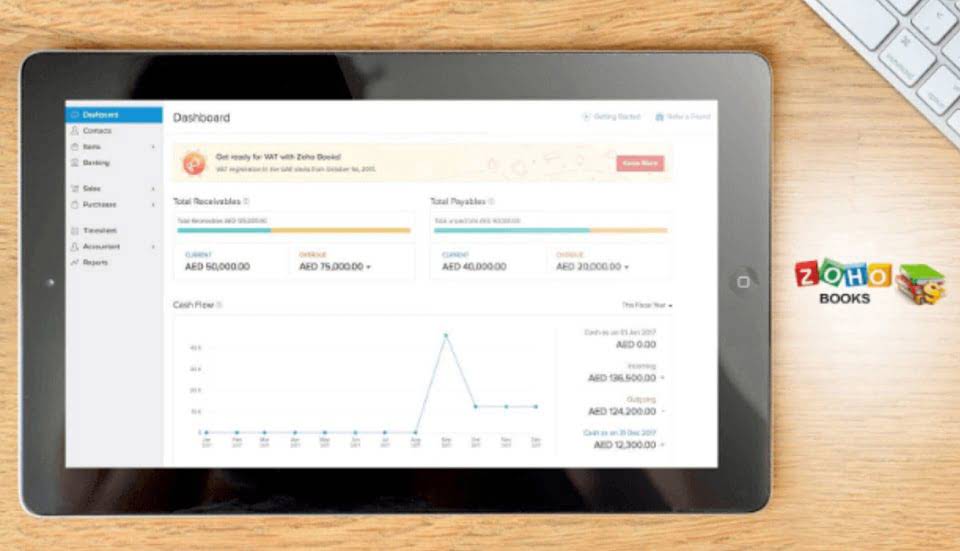Statement of Shareholders Equity: In-Depth Explanation and Analysis
June 20, 2023
For example, a company whose equity has steadily declined over time is saving fewer assets and spending more on liabilities. The company can influence equity (in small amounts) by adjusting the dividends paid for the year. They can save retained earnings, which are added to the balance sheet for the following year as Beginning Period Retained Earnings, and increase retained earnings for that year, thereby increasing the equity. Look at real-world examples, specifically the world’s two largest soft drink companies.
- This could inspire management to invest more in business expansions or R&D, confident that the company has sufficient financial wiggle room to absorb such expenses.
- It can reveal if you should borrow more money to open another business location, cut costs or profit from a sale.
- It will reveal whether you didn’t make enough to sustain operations or whether you have enough equity in the business to get through a downturn.
- The difference between total assets and total liabilities on the stockholders’ equity statement is usually measured monthly, quarterly, or annually.
- If a company reports a loss of net income for the quarter, it will reduce stockholders’ equity.
Operating Income: Understanding its Significance in Business Finance
- Shareholder’s equity is what remains after subtracting all liabilities from a company’s assets.
- Statement of shareholders equity is normally prepared in vertical format, i.e. the equity components appear as column headings and changes during the year appear as row headings.
- In the example, this company had experienced a significant year-over-year increase in total assets, from $675,000 to $770,000.
- Total assets are the sum of all current and non-current (long-term) balance-sheet assets.
The statement provides shareholders with a summary view of how the company is doing. It’s also used by outside parties such as lenders who want to know if the company is maintaining minimum equity levels and meeting its debt obligations. Retained earnings are part of the stockholders’ equity equation because they reflect profits earned and held onto by the company. Profits contribute to retained earnings, while losses reduce shareholders’ equity via the retained earnings account.
Using Shareholders’ Equity in CSR and Sustainability Initiatives
The cash outflows spent to purchase noncurrent assets are reported as negative amounts since the payments have an unfavorable effect on the corporation’s cash balance. This is the property, plant and equipment that will be used in the business and was acquired during the accounting period. However, it’s a crucial tool for helping business owners evaluate potential investments and measure https://www.bookstime.com/ their business’s performance and worth. Low or declining stockholders’ equity could indicate a weak business, and/or a dependency on debt financing. However, low or negative stockholders’ equity is not always an indication of financial distress. Newer or conservatively managed companies may have lower expenses, thereby not requiring as much capital to produce free cash flow.
Applications in Financial Modeling
A summary report called a statement of retained earnings is also maintained, outlining the changes in retained earnings for a specific period. Equity, in the simplest terms, is the money shareholders have invested in the business. It constitutes a part of the total capital invested in the business, which doesn’t statement of stockholders equity belong to debt holders. Using the amounts from above, the ABC Corporation had free cash flow of $31,000 (which is the $126,000 of net cash provided from operating activities minus the capital expenditures of $95,000). If dividends are considered a required cash outflow, the free cash flow would be $21,000.

Moreover, if such initiatives do not yield anticipated financial returns, they could lead to a decline in total shareholders’ equity. Such a scenario may create tension with shareholders, particularly those that primarily focus on financial returns. Where the difference between the shares issued and the shares outstanding is equal to the number of treasury shares. Under the indirect method, the first amount shown is the corporation’s net income (or net earnings) from the income statement.
Components of changes in shareholders equity

Companies in the growth phase of their business can use retained earnings to invest in their business for expansion or boost productivity. Also, companies that grow their retained earnings are often less reliant on debt and better positioned to absorb unexpected losses. Multi-year balance sheets help in the assessment of how a company is performing from one year to the next. In the example, this company had experienced a significant year-over-year increase in total assets, from $675,000 to $770,000.
Understanding Stockholders’ Equity

The equity capital/stockholders’ equity can also be viewed as a company’s net assets. You can calculate this by subtracting the total assets from the total liabilities. These earnings, reported as part of the income statement, accumulate and grow larger over time. At some point, accumulated retained earnings may exceed the amount of contributed equity capital and can eventually grow to be the main source of stockholders’ equity. Retained earnings are a company’s net income from operations and other business activities retained by the company as additional equity capital.
A statement of shareholder equity can help you make financial decisions.
- Companies can issue either common or preferred shares, and people can buy these shares to gain ownership of the company.
- Companies with a solid foundation of shareholders’ equity have the potential to invest more in CSR and sustainability-oriented projects.
- The value and its factors can provide financial auditors with valuable information about a company’s economic performance.
- In events of liquidation, equity holders are last in line behind debt holders to receive any payments.
Companies that distribute and increase regular dividends may also have lower stockholders’ equity because they are rewarding shareholders through the distribution of profits rather than retaining this capital for growth. Firstly, it provides a comprehensive picture of a company’s financial condition. Looking at only one statement might give an incomplete image as changes in one can affect the other. For example, high profits (income statement) result in higher retained earnings, leading to an increase in shareholder’s equity (balance sheet). The third section of the statement of cash flows reports the cash received when the corporation borrowed money or issued securities such as stock and/or bonds. Since the cash received is favorable for the corporation’s cash balance, the amounts received will be reported as positive amounts on the SCF.
